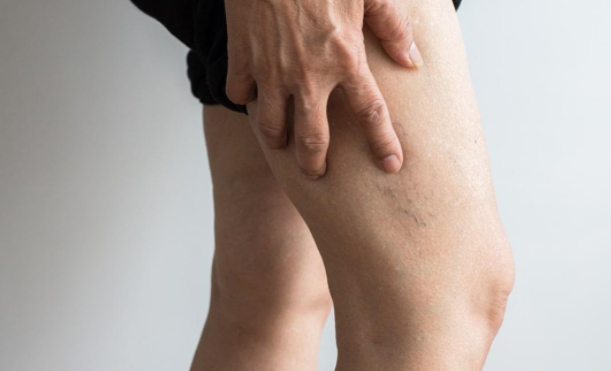

Symptoms
There can be symptoms that are not noticeable in the person who has DVT. However, the visible signs of DVT in a patient include pain in the affected area, hot flashes, changes in skin color like turning blue or reddening, swelling of the veins, which are close to the surface of your body. You can even experience an increase in the normal temperature.
Usually, the size of the blood clot defines the symptoms of pulmonary embolism and how good your heart is performing. If the person is suffering from the DVT, he would have difficulty in breathing and even experience back pain. The other symptoms can be life-threatening like a cardiogenic shock, which means the heart is no longer pumping the blood enough and hypoxemia, which means the level of oxygen in the blood is low.
Diagnosis
If you are a person who is suffering from DVT, the doctor can diagnose you through CT or ultrasound. It is also crucial for the doctor to use other medical imaging techniques like CT angiography, to point out or examine the risk of pulmonary embolism. The process includes the introduction of contrast dye into the vein to highlight the vessels carrying blood to and from your lungs. It also involves taking the X-ray images of the blood vessels when the blood is flowing through them.
Treatment
If you are diagnosed with DVT, it is imperative that you should immediately start taking anti-clotting medicines to eliminate the risk of both, post-thrombotic syndrome (which is long term chronic complication and can be a result of DVT) and pulmonary embolism.
If your case is rare, there would be a specialist who has to introduce some object into your body to decrease the volume and amount of clots. This procedure involves the insertion of a catheter and using this catheter to inject medication, which dissolves the clot. The drug is injected directly in a clot, or it can also be used to break the clots mechanically.
Dr Nikolas Charalambous is named among the most prominent interventional radiologist. Get a free consultation for a minimally invasive treatment of brain, neck, and spine.